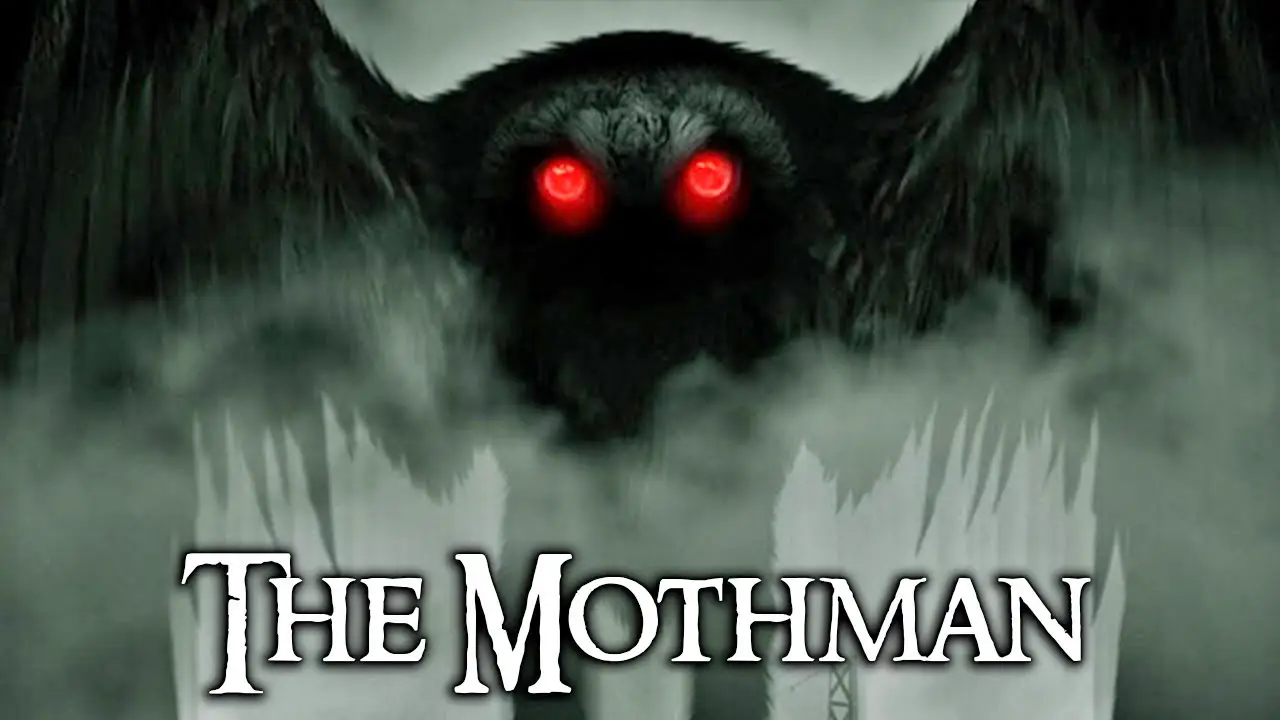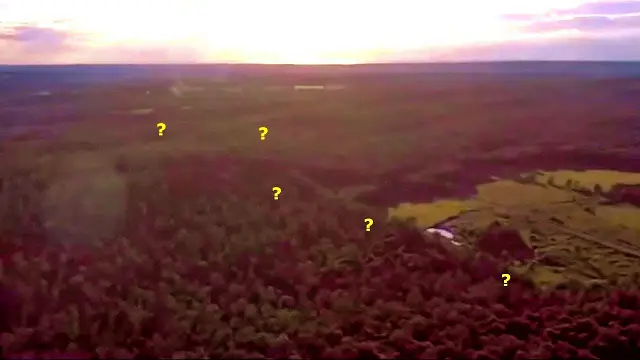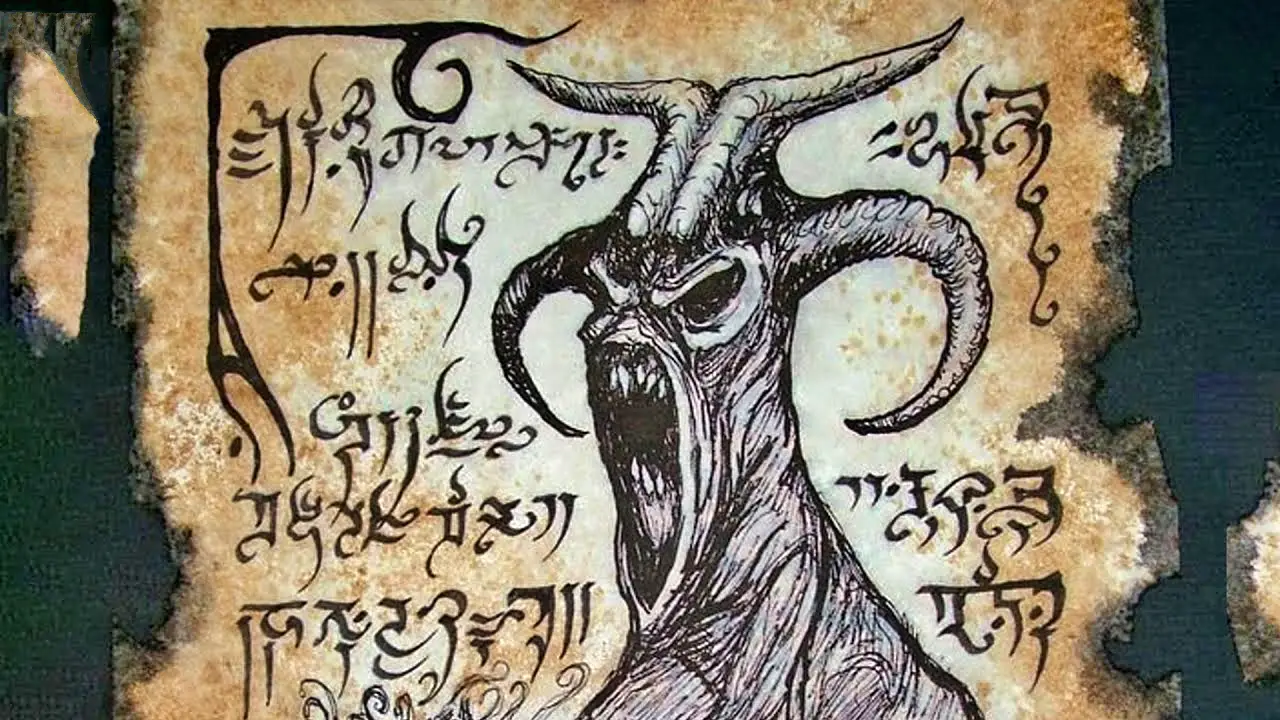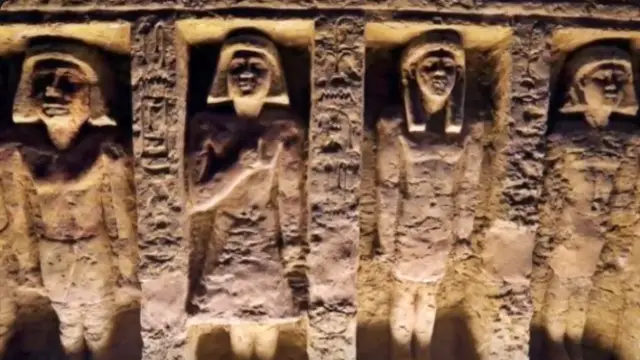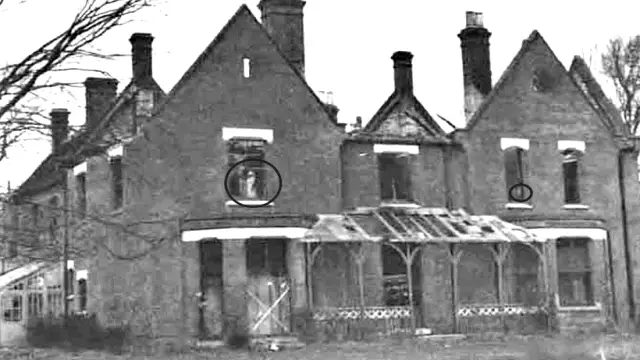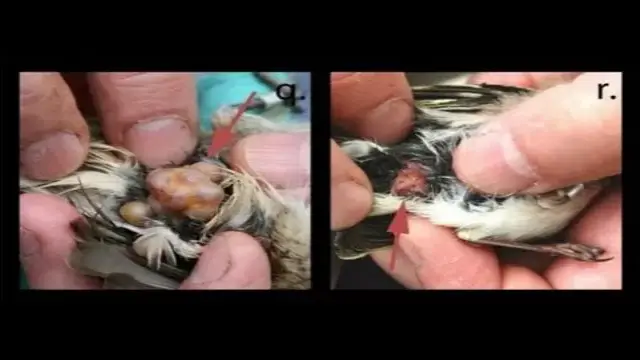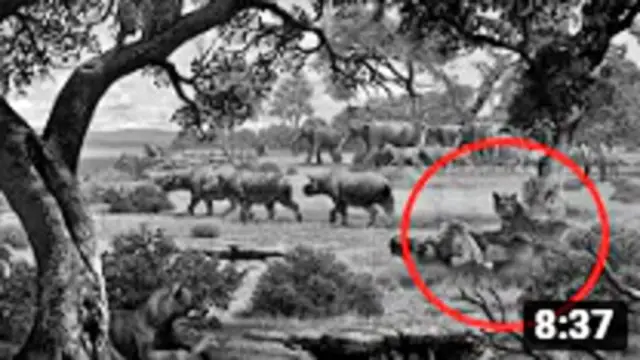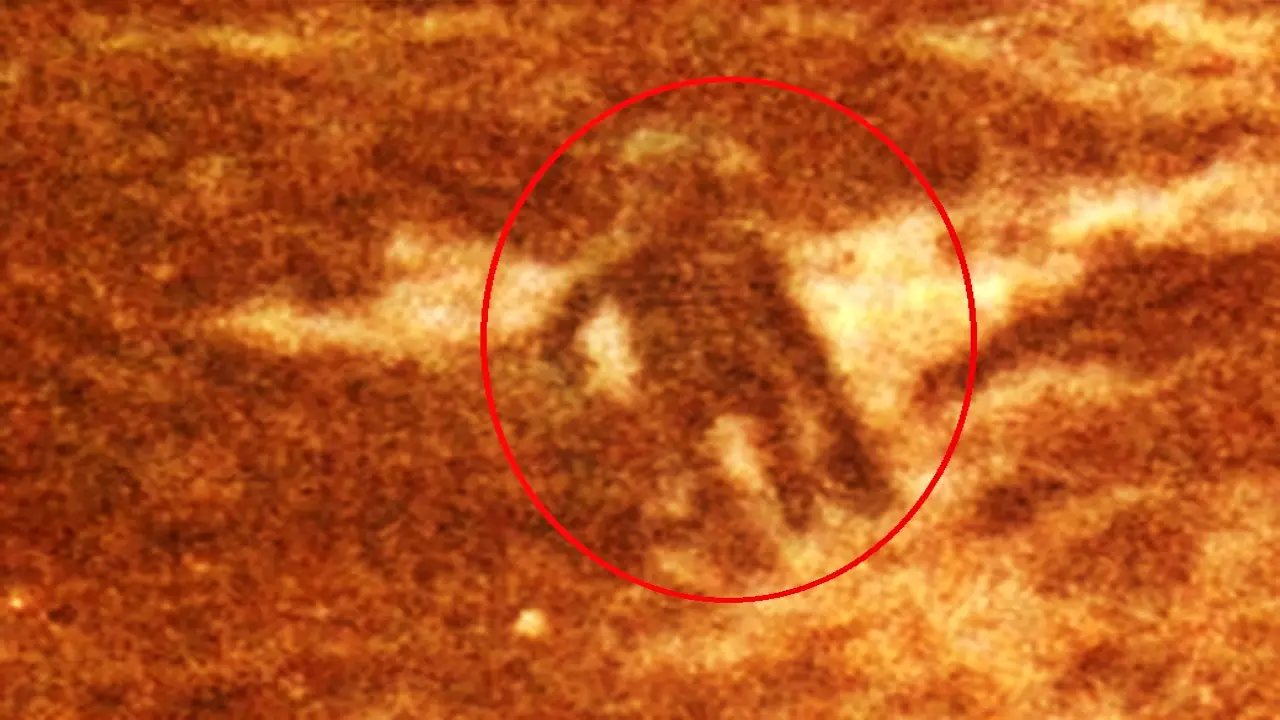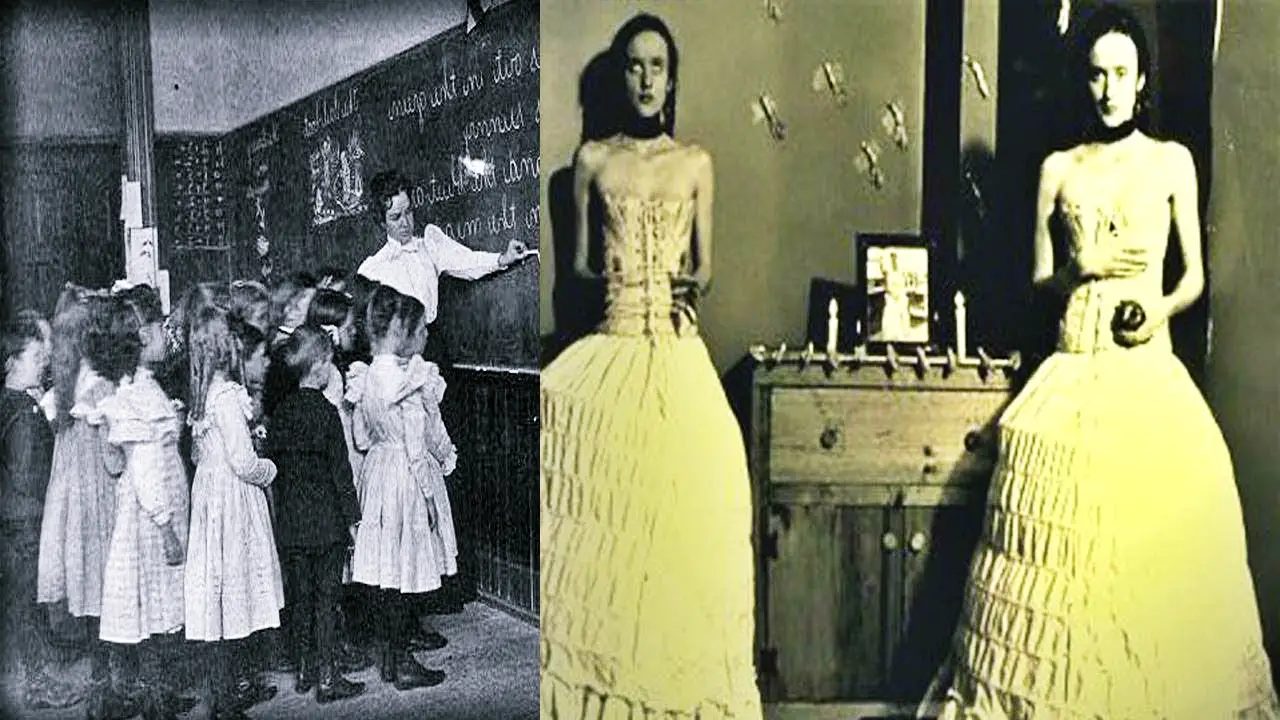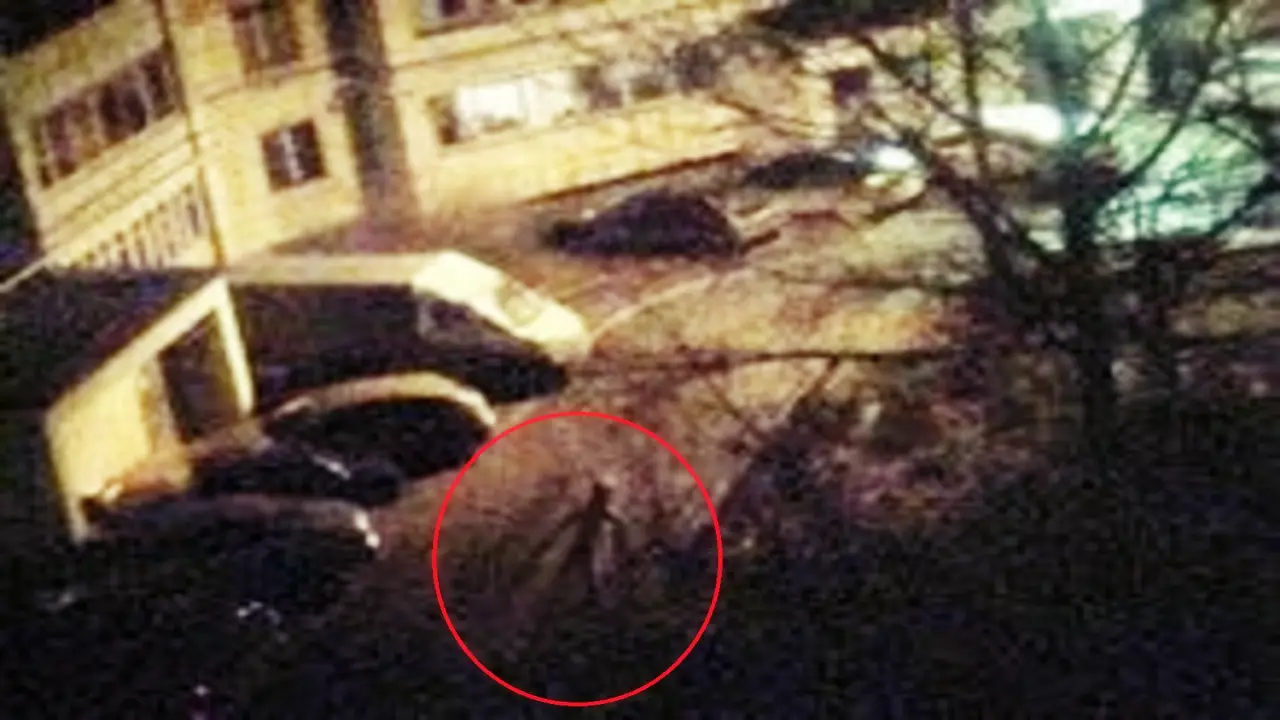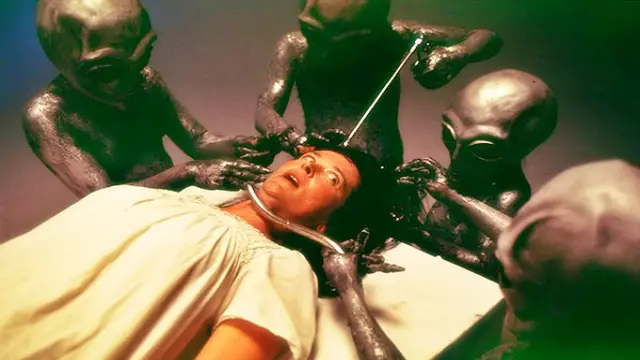nn
n
n The Unicorn may have been fierce and untameable,naccording to the old bestiaries, but it was generally seen as a benign beast,nwhereas there was another creature that was born bad, spent its life doing dirtyndeeds and about which no one had a good word to say– the basilisk. Its birthnwas curiously fanciful in the extreme.
n
n
n
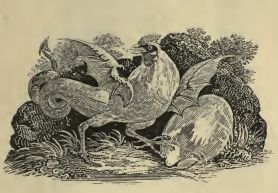 |
| Cockatrice |
n
n
n
nSometimes, particularly when they arenyoung and just beginning to lay, chickens will lay ‘wind’ eggs, which arenimmature attempts that occur before they begin to lay properly. These are sometimesnvery small or misshapen, often without a yolk, sometimes without a shell, andnare also known as ‘cock’s eggs’. In folklore, it is said that if a toad or anserpent incubates a cock’s egg, the resultant hatchling will be either ancockatrice or a basilisk.
n
n
n
 |
| Wyvern |
n
n
n
nIn heraldry, a wyvern was a two-legged dragon, oftennbut not always with wings; a cockatrice was identical to the wyvern except that it had thenhead of a dung-hill cockerel, and the basilisk had a crest on its head, similarnto a crown, and had an extra dragon’s or serpent’s head at the end of its tail,nrather than a barb or a sting.
n
n
n
 |
| Basilisk |
n
n
n
nIn his A New, Accurate System of NaturalnHistory Vol 2 (Birds) of 1763, Richard Brookes describes the cock’s egg andnhis final clause is particularly telling, as he feels it necessary to mentionnit,
n
n
n
n“There is a little egg fometimes found in Hens nefts, no bigger thannthat of a pigeons, which is commonly called a Cock’s egg, and is pretended bynfome, that a Crocodile has been generated from it; but this is a fable.”n
n
n
n
n
 |
| Richard Brookes – Birds – 1763 |
n
n
n
nByncrocodile, it is certain that Brookes meant a cockatrice (he is consistentlyninconsistent throughout his works). The basilisk takes its name from the Greek βασιλισκοςn- basilikos, a diminutive form of the word for King, as the King is the basisnof the nation, as it was thought to be the King of all the reptiles and thencomb on its head was its crown (sometimes it wore an actual crown), in Latin itnwas known as the Regulus.
n
n
n
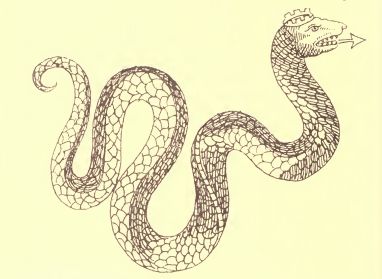 |
| Basilisk |
n
n
n
nPliny the Elder, in his Natural History (BooknVIII Chapter 33) describes the basilisk as a small serpent with a white crest,nresembling a crown, that scares away all other serpents when it hisses, movesnalong erect rather than by a succession of folds, like other snakes, and is sonpoisonous that it kills plants as it passes by them, and if a mounted horsemannattempted to spear one the poison would spread up the spear and kill not onlynthe rider but the horse too.
n
n
n
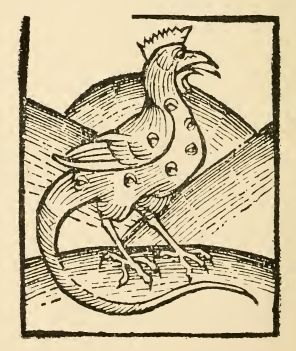 |
| Cockatrice |
n
n
n
nThe only creature that could kill a basilisk wasnthe weasel, the smell of which was fatal to it, and weasels were put into thenburrows of basilisks to rid the country of them. It seems from this explanationnthat someone, somewhere, had seen a king cobra, which looks (with a littlenimagination) like it is wearing a crown of sorts, and had seen a mongoose (verynlike a weasel) killing the cobra. Some cobras are able to spit their venom,nwhich may account for the belief that the basilisk is able to kill from andistance, with its baleful glare.
n
n
n
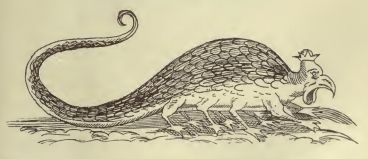 |
| Aldrovandus – Basilisk |
n
n
n
nEarly illustrations of the basilisk show itnas a crowned serpent or, in the case of Aldrovandus, as an eight-legged creature,nand it is not until later that the cockatrice and the basilisk become virtualnsynonyms. The ever-sensible Sir Thomas Browne, in his Pseudodoxia Epidemican(Vulgar Errors), distinguishes between the cockatrice and the basilisk,nwriting
n
n
n
n“…this of ours is generally described with legs, wings, a serpentinenand winding tail, and a crest or comb somewhat like a cock. But the basilisk ofnelder times was a proper kind of serpent.”n
n
n
n
n
 |
| Sir Thomas Browne – Of the Basilisk – 1686 |
n
n
n
nHe examines the evidence withnhis usual diligence and concludes that the so-called basilisks displayed inncabinets of curiosities have been man-made from the skins of birds, snakes andnfishes; he also had some of his own made to confirm his argument. He dismisses the notionnof generation from cock’s eggs as
n
n
n
n“a conceit as monstrous as the broodnitself,”n
n
n
nalthough he does allow that another myth about the birth of thenbasilisk, that they were brought about by Egyptian Ibises eating venomousnsnakes, the properties of which were passed on into their own eggs, is anpossibility.
n
n
n
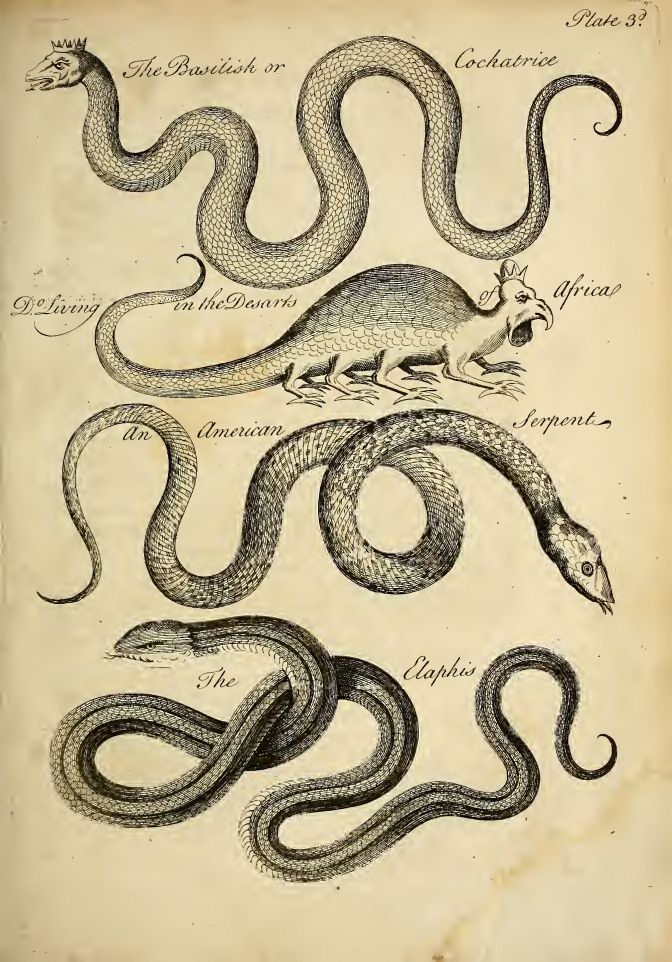 |
| Charles Owen – The Natural History of Reptiles – 1742 |
n
n
n
nBrowne also turns his mind to the Biblical basilisk, as it isnmentioned depending on how the word Hebrew word zephoni is translated –ntake Isaiah 11:8,
n
n
n
n“And the sucking child shall play on the hole of the asp,nand the weaned child shall put his hand on the cockatrice’ den.”n
n[KingnJames Version]n
n
n
nIn some versions (Lowth, Douay-Rheims etc) the word ‘basilisk’nis used instead of ‘cockatrice’, which is more fitting in the context,nparticularly if the sense of a dangerous venomous reptile is intended. As younmay imagine, mentions of the basilisk abound in English literature, where itnfeatures in the works of Shakespeare, Milton, Swift, Pope and Shelley amongstnmany others.
n
n
n
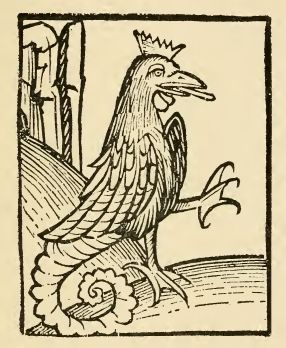 |
| Basilisk |
n
n
n
nThe cock’s egg also lies behind a common English word, if we looknat the Middle English words coken (pertaining to cocks) and ey (egg),nwe arrive at the word cockney. It appears first in the Vision ofnPiers Plowman (1362), (A-text, Passus VII)
n
n
n
n“Ich haue no salt bacon;n
nNouht a cokeney, by Cryst, colhoppes to make.”n
n
n
nIn this sense, it means thenmeanest, poorest sort of an egg but when the word appears next in Englishnliterature, in Chaucer’s The Reeve’s Tale (c.1386),
n
n
n
n“And when thisnjape is tald another day,n
nI sal be held a daf, a cokenay.”n
n
n
nit has anothernmeaning, that of a simpleton or spoiled townie, soft in both the body and the head.nBy the sixteenth century, country dwellers were using ‘cockney’ to meannany effeminate, pampered city dweller, most especially those from the east endnof London, those born within the sound of Bow bells (the bells of the church ofnSt Mary-le-Bow), which just goes to confirm what every northerner already knowsnabout cockneys anyway.
nnn
n
nnn



